What is the right proportion of rosy summer coffee for Panamanian donkey manor? how to drink donkey manor rose summer?
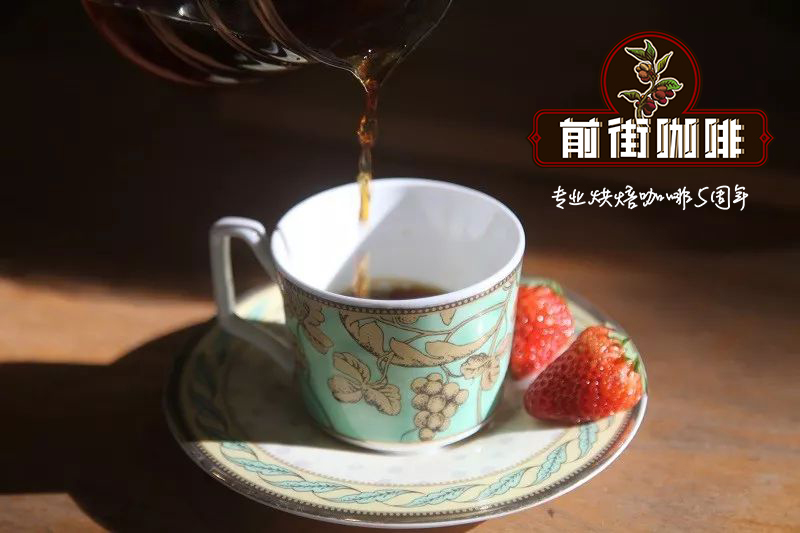
Professional coffee knowledge exchange more coffee bean information please follow the coffee workshop (Wechat official account cafe_style)
Panamanian donkey manor rosy summer sun-dried coffee beans
Introduction to Manor Story Information:
Panama Elida El Burro Estate of Alida Donkey Manor, Panama
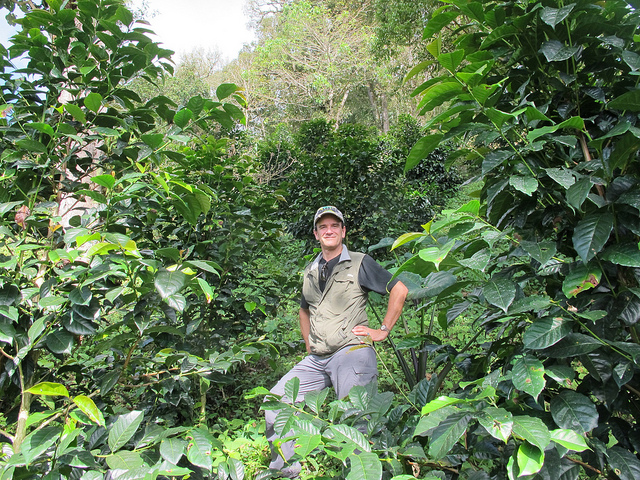
Elida Manor owner Wilford Lamastus's estate, El Burro Donkey Manor, is also located in the Haoshan Haoshui Boguet area, where more than half of the planting area is included in the Baru Volcano National Park, thus preserving a rather primitive ecological environment. Balu volcano is one of the highest volcanoes in Central America. Due to the difference in altitude, the whole volcanic area has more than seven micro-climatic environments. The coffee planting area of Donkey Manor falls at an extremely high altitude of about 1800m, the temperature is low enough, and there are still clouds in the dry season, and there are primitive forests as shade, and the night is cold. So it takes four and a half to five and a half years for a coffee tree to begin to produce fruit (two to three years more mature than a coffee tree planted in the normal environment), while the ripening of coffee cherries can be delayed by about a month. The development is also more complete.
In addition to excellent environmental conditions, Wilford also implements considerable quality control for each batch. This batch is a strictly selected batch of African scaffolding in rosy summer, 100% sun-dried, with excellent flavor.
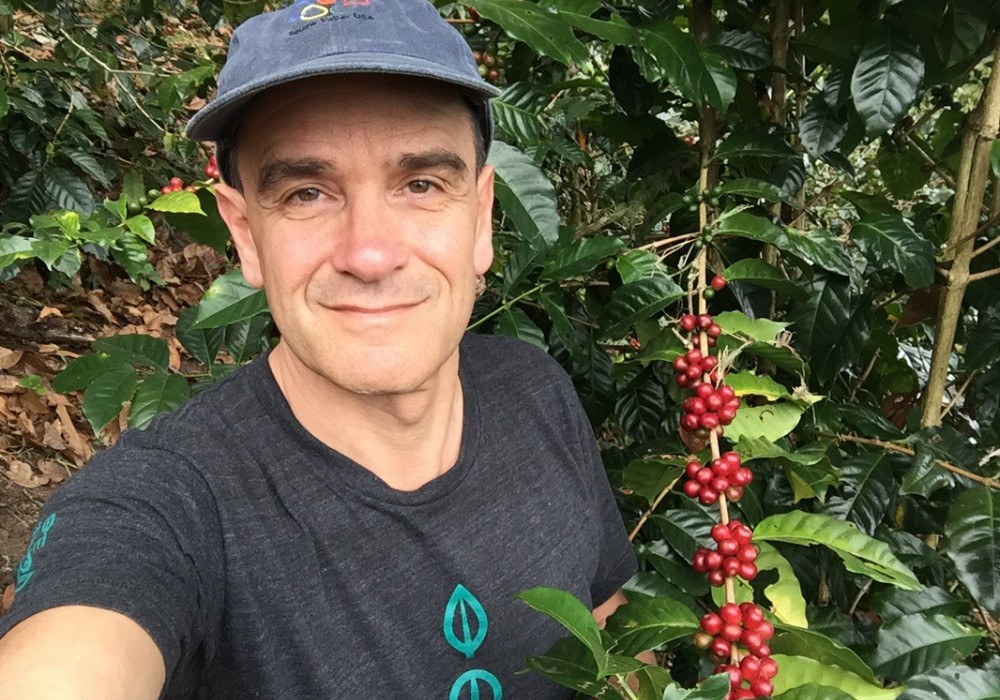
Introduction of coffee bean varieties
The coffee bean species Rose Xia (also known as geisha) is the original species of Arabica. It is very difficult to cultivate and the yield is half that of other coffee beans. Are rare, high-value coffee beans.
1931: a team of botanists visited southwestern Ethiopia and discovered rose beans near the village of Geisha. They brought Geisha seeds to Kenya and planted them in nurseries.
1936: Geisha seeds spread to Uganda and Tanzania.
1953: CATIE, a Costa Rican research institute, obtains some Geisha seeds from Tanzania for research.
1960: Pachi Serracin, the old owner of Don Patch Manor in Panama, brings Rose Summer Geisha to Panama from Costa Rica.
2004: best Panama BOP (Best of Panama auction), Emerald Manor won the first place of the year with its magnificent summer. In the next ten years, as long as you participate in the exhibition, you will get a big prize.
2007: in the international famous bean cup test competition featured by American boutique coffee (SCAA), Rosa won the championship again, and the bidding price was sold at US $130 per pound, the highest price since the competition beans.
2008: Jade Manor opens its own bidding meeting (BOP did not participate in the competition that year).
2012: best Panamanian BOP (Best of Panama auction), divided into traditional group, Geisha group and tanning group, so as not to be stolen by Geisha in all beans during the competition.
2014: best Panama BOP (Best of Panama auction), subdivided into geisha tanning, geisha washing, traditional tanning, traditional washing, because geisha will still steal the beauty of the tanning group.
2015: best Panama BOP (Best of Panama auction), divided into winning group sunburn, winning group water washing, traditional tanning, traditional washing, allowing another excellent variety, Pacamala Pacamara, to join the competition, but the result was bleak, with only one batch of 32 batches shortlisted.
2005: best Panama BOP (Best of Panama auction): $20.10 (first batch)
2006: best Panama BOP (Best of Panama auction): $50.25 (first batch)
2007: best Panama BOP (Best of Panama auction): $130 (first batch)
2008: La Esmeralda Jade Manor auction: $105.25
2009: La Esmeralda Jade Manor auction: $117
2010: best Panama BOP (Best of Panama auction): $170
2011: best Panama BOP (Best of Panama auction): $75.25 (No. 1 in the washing group) and Don Pachi Geisha in the tanning group ($111.5)
2012: La Esmeralda Jade Manor auction: $66 (did not participate in BOP that year)
2013: best Panamanian BOP (Best of Panama auction): $350 (No. 1 in Sunshine Group, won by Japan)
2014: La Esmeralda Jade Manor auction: $105.5 (this batch had beans last year)
2015: La Esmeralda Jadeite Manor auction: 131USD (third batch) / US $122.01 (first batch)
Best Panama BOP (Best of Panama auction): $140.01 (Sun Geisha Champion)
Treatment: insolation, 2016 BOP NO 1 batch
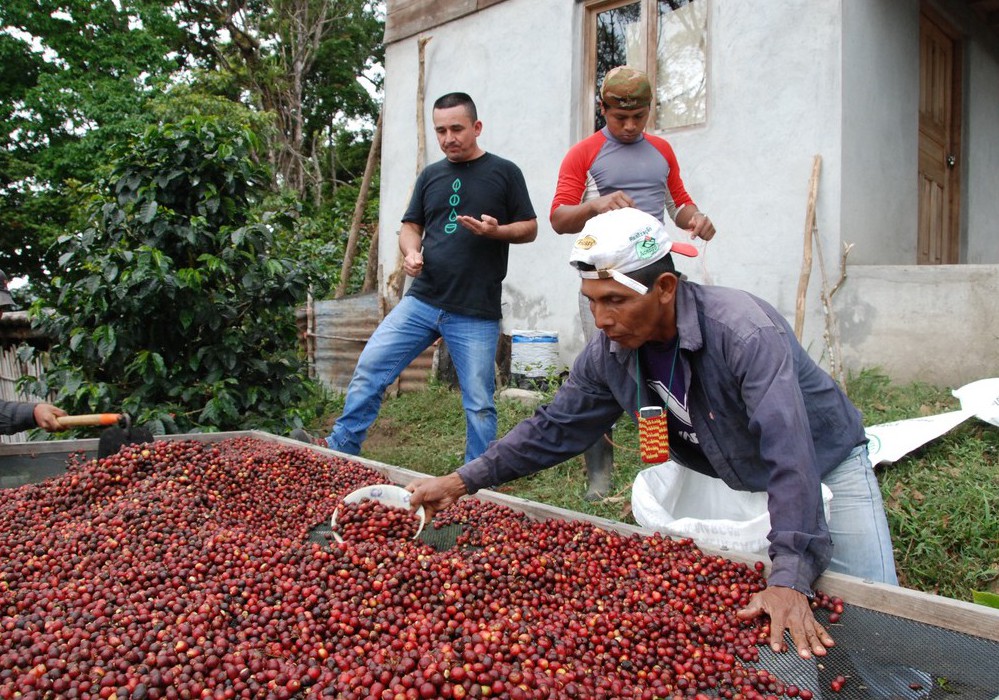
Introduction to the treatment method:
Solarization (Dry process/Natural method)
Sun drying is the oldest and most primitive treatment of coffee beans. Compared with water washing, this drying method of coffee is also known as "natural coffee" or "sun coffee". The harvested coffee fruit is directly exposed to the sun for about two to four weeks. This method is generally used in countries with a clear dry and wet climate.
"Solar method-treatment process"
1. Harvest ripe coffee fruit
two。 Preliminary selection of impurities and inferior beans
3. Select floating beans: pour the coffee fruit into the sink, the ripe and full fruit will sink to the bottom of the sink, and the immature or incomplete fruit will surface.
4. Sun drying
Take out the ripe coffee fruit that sank at the bottom of the sink and spread it in the sun-drying field to reduce the moisture from 70% to about 10-12%. Turn the fruit several times a day to dry evenly, and cover it at night to avoid moisture.
5. Remove the shell: after about two to four weeks of exposure, the outer layer of the coffee seed has been dry and hard, and then use a sheller to remove the shell.
6. Packaging and transportation
After shelling, the coffee beans will be packed in a bag, which is also what we generally call raw beans. Finally, after different baking processes and brewing changes, it can show the taste changes of millions of kinds of coffee.
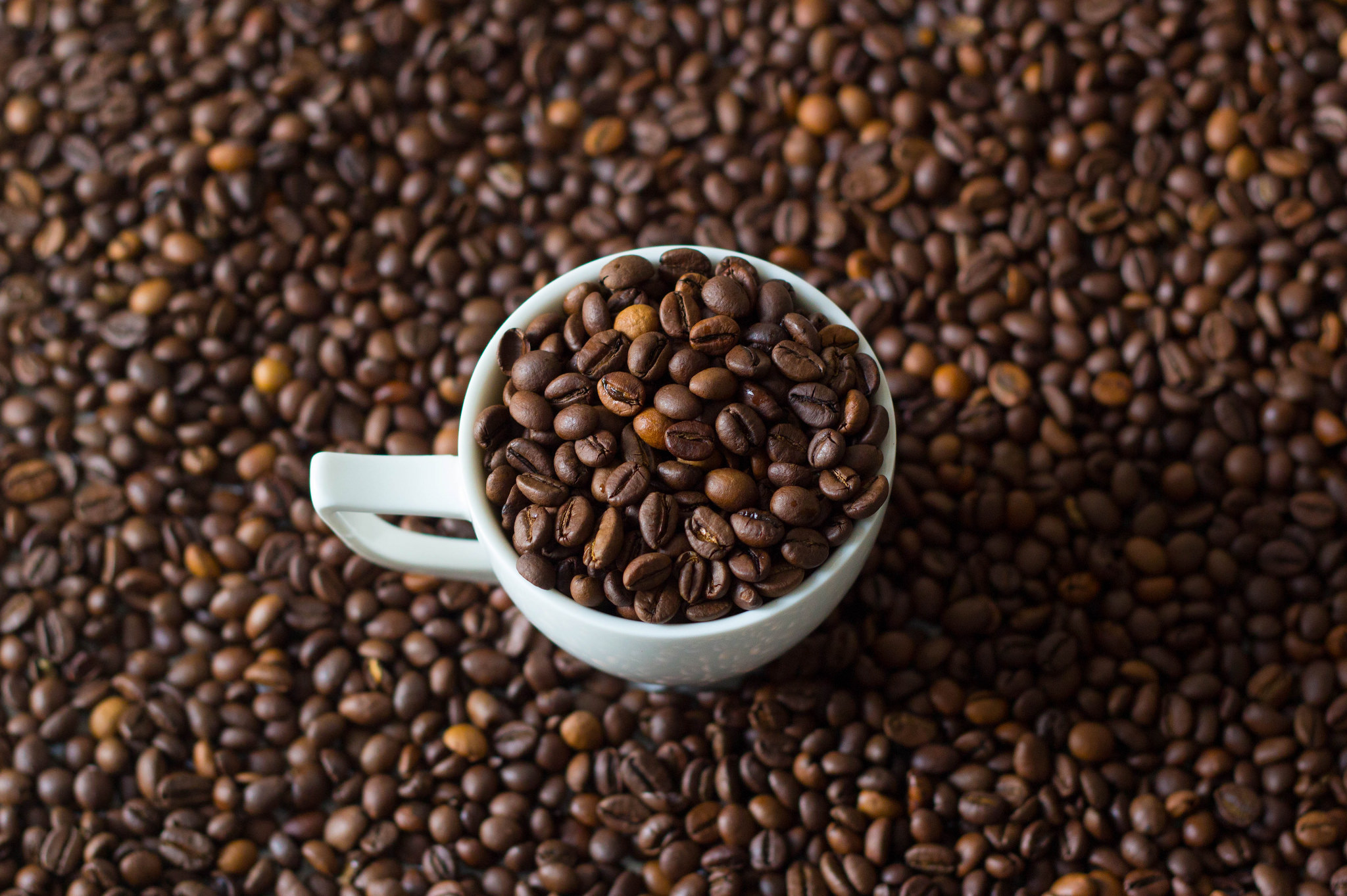
Qianjie Baking suggestion / Analysis
Rose summer, as the most outstanding variety of coffee, is very popular with coffee lovers. Among them, the rose summer treated with water can best highlight the flavor characteristics of the rose summer itself. Rose summer is special in that it has very obvious and clear floral and citrus flavor, very high cleanliness, soft and elegant acidity, long-lasting cotton sweetness, and the taste of high-grade black tea.
To fully show these qualities, you have to work on baking. Rosa rugosa is generally planted at a high altitude of more than 1500 meters, which is a kind of beans with high hardness and high density. Its shape is full, medium particle size, thick and long bean body, pointed at both ends.
So how to express the unique flavor of Rosa Rosa by baking?
The idea of baking is that because of the high hardness and density of beans, a large fire will be used to dehydrate in the early stage, and the temperature difference between the bean surface and the bean core will be quickly established. In order to have more fragrance of flowers, Maillard's reaction time is relatively short, so after turning yellow, it will adjust the fire to medium to high, quickly let the beans into an explosion, and shorten the period from yellowing to the beginning of the explosion can also increase cleanliness. The temperature rises too quickly after an explosion will aggravate the caramelization reaction and grind off the aroma of flowers and fruits, so it will greatly reduce the fire after entering the explosion, pull the low temperature to rise, and the throttle will be fully opened at the beginning of the explosion. Drop the beans at the end of a dense explosion to let the bean core develop and mature with the most residual aroma and sugar.
Description of cup test flavor
Flavor description: red apples, berries, peaches, ripe pineapples, red wine, chocolate, delicate and rich layers, Body full and solid

Cooking analysis
Today, we introduce the common methods of Qianjie coffee hand roses summer coffee: three-stage style.
Three-stage water injection method
To inject a section of water into three stages.
Suitable for light, medium and medium roasted coffee beans
Use filter cup kalita cake cup
Increase the steaming time or water cut-off times to improve the rich taste of the coffee.
Segmented extraction method of three-stage water injection
Advantages: it is richer than the one-knife flow, and can clarify the flavor of the front, middle and back of the coffee. The method is to increase the amount of water injection each time after steaming, usually when the coffee liquid is about to drop to the surface of the powder layer, and use small, medium and large water flow to do three-stage extraction.
Disadvantages: there will be relatively high requirements for the flow rate and flow rate of water.
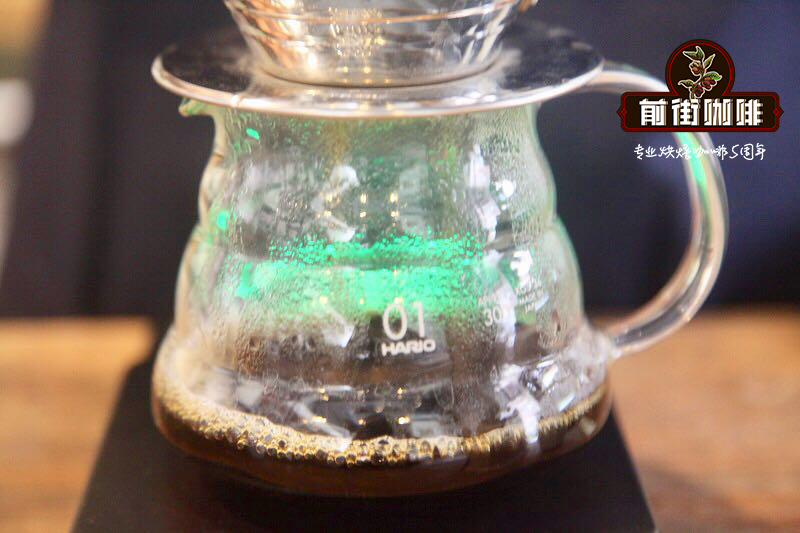
Qianjie [suggestion on hand-brewing parameters of Rosa Coffee]
Cake cup, the use of immersion extraction, so that coffee powder and water contact surface area increased, compared with V60 cooking can improve the texture, drink more sticky feeling
15g powder, water temperature 91-92 degrees, grinding BG 5R (64% pass rate of Chinese standard 20 sieve), water-powder ratio close to 1:15-16
Technique: 27g water steaming, steaming time for 30s. The hot water in the hand flushing pot draws a circle clockwise with the center of the filter cup in the middle of the filter cup, starts the time when brewing, injects water to 27g, then stops the injection and waits for 30 seconds to inject water for the first time.
When the first water injection is the same as before, the speed can be slowed down slightly, speed up a little when you go around the outer circle, cut off the water at about 1:15 seconds, and then inject water again when the liquid level drops 1 inch 3. The second water injection is concentrated on the central water injection. The water flow should not rush to the place where the coffee powder is connected with the filter paper, so as not to produce channel effect. Finish the extraction at about 2:05 seconds, and the longer the time is, the longer the extraction can be done. The astringent and rough taste will increase.
Segment: 30-125-230g
END
Important Notice :
前街咖啡 FrontStreet Coffee has moved to new addredd:
FrontStreet Coffee Address: 315,Donghua East Road,GuangZhou
Tel:020 38364473
- Prev
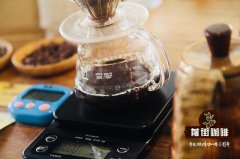
What is the best concentration of Iron Man Rose Summer Coffee in Panamanian Aurora Manor? analysis of Iron Man Rose Summer Baking
Professional coffee knowledge exchange more coffee bean information please follow Coffee Workshop (Wechat official account cafe_style) Panamanian Aurora Ironman Manor Rose Summer 2016 Panamanian Sun Group NO1 Variety: Rose Manor Story Information: Rose Summer is a nickname for Panamanian Oroma Rose Summer, used for auction during the best coffee auction in Panama
- Next
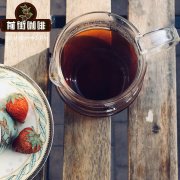
Costa Rica Black Pearl Rose Summer hand Chong suggestion Black Pearl Rose Summer Coffee Bean characteristic Flavor Story
Professional coffee knowledge exchange more coffee bean information please follow the coffee workshop (Wechat official account cafe_style) manor story introduction: Dona Francisca and Don Oscar Chacon are the third generation operators of the Lajas microprocessing plant. They inherited the coffee farm from their grandparents and were the first coffee in Central America to produce high-quality honey-treated and sun-treated coffee.
Related
- Detailed explanation of Jadeite planting Land in Panamanian Jadeite Manor introduction to the grading system of Jadeite competitive bidding, Red bid, Green bid and Rose Summer
- Story of Coffee planting in Brenka region of Costa Rica Stonehenge Manor anaerobic heavy honey treatment of flavor mouth
- What's on the barrel of Blue Mountain Coffee beans?
- Can American coffee also pull flowers? How to use hot American style to pull out a good-looking pattern?
- Can you make a cold extract with coffee beans? What is the right proportion for cold-extracted coffee formula?
- Indonesian PWN Gold Mandrine Coffee Origin Features Flavor How to Chong? Mandolin coffee is American.
- A brief introduction to the flavor characteristics of Brazilian yellow bourbon coffee beans
- What is the effect of different water quality on the flavor of cold-extracted coffee? What kind of water is best for brewing coffee?
- Why do you think of Rose Summer whenever you mention Panamanian coffee?
- Introduction to the characteristics of authentic blue mountain coffee bean producing areas? What is the CIB Coffee Authority in Jamaica?

